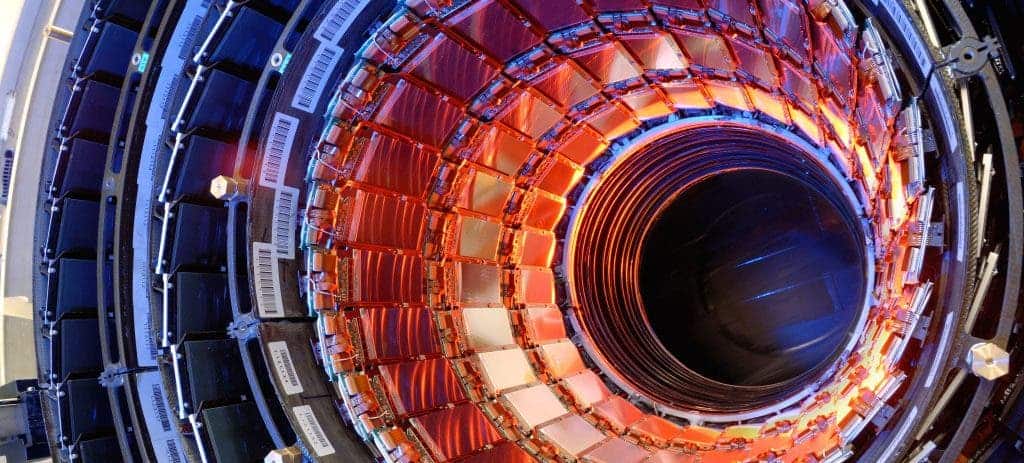After the Large Hadron Collider (LHC) took a 2 year hiatus to up its power, it’s finally back, and it’s stronger than ever – strong enough to uncover some of physics best kept secrets. Today, June 3, the LHC started delivering physics data for the first time in 27 months.
The LHC is the world’s largest and most powerful particle collider, the largest and most complex experimental facility ever built, and the largest single machine in the world. Now, they’re running their experiments at the unprecedented energy of 13 TeV, almost doubling what it did in its first run.
“With the LHC back in the collision-production mode, we celebrate the end of two months of beam commissioning,” said CERN Director of Accelerators and Technology Frédérick Bordry. “It is a great accomplishment and a rewarding moment for all of the teams involved in the work performed during the long shutdown of the LHC, in the powering tests and in the beam commissioning process. All these people have dedicated so much of their time to making this happen.”
The purpose of the LHC is an ambitious one – to provide crucial information concerning the basic laws governing the interactions and forces among the elementary objects, the deep structure of space and time, and in particular the interrelation between quantum mechanics and general relativity – quite a load. In particular, the LHC will either prove or disprove the Standard Model, the theory that classifies all subatomic particles. In order to do this, they need to smash particles at extremely high speeds – funny how modern physics works sometimes, isn’t it? In order to do this, they need huge quantities of energy, which is why they took the 2 year hiatus, to move from the initial setup to one that can provide more power.
“The first 3-year run of the LHC, which culminated with a major discovery in July 2012, was only the start of our journey. It is time for new physics!” said CERN Director General Rolf Heuer. “We have seen the first data beginning to flow. Let’s see what they will reveal to us about how our universe works.”
The first physics results from the LHC, involving 284 collisions which took place in the ALICE detector, were reported on 15 December 2009. Now, it’s time to go even further, and you could feel the wave of excitement across researchers involved in the project.
“The collisions we are seeing today indicate that the work we have done in the past two years to prepare and improve our detector has been successful and marks the beginning of a new era of exploration of the secrets of nature,” said CMS spokesperson Tiziano Camporesi. “We can hardly express our excitement within the collaboration: this is especially true for the youngest colleagues.”
“The successful restart of physics data-taking, with all systems in great shape to collect, process and analyse the new data quickly, is a testament to the commitment and immense hard work of very many people from across ATLAS during the long shutdown,” said ATLAS spokesperson Dave Charlton. “We are now starting to delve into the new data to see what nature has in store for us at these new unexplored energies.”
“All within the collaboration are tremendously excited that the new run has now begun,” said LHCb spokesperson Guy Wilkinson. “It will allow us to follow up on puzzles from our run-1 studies, and to probe with higher sensitivity the difference in behaviour between matter and antimatter.”
“Proton-proton collisions will provide essential reference data for the run with heavy-ion beams foreseen for the end of the year, in which the LHC will provide both higher energy and luminosity as compared to run 1,”said ALICE spokesperson Paolo Giubellino. “In addition, we plan to extend the exploration of the intriguing signals that have emerged from Run 1.”
We’ll keep you posted with developments from the LHC, which are set to come.










